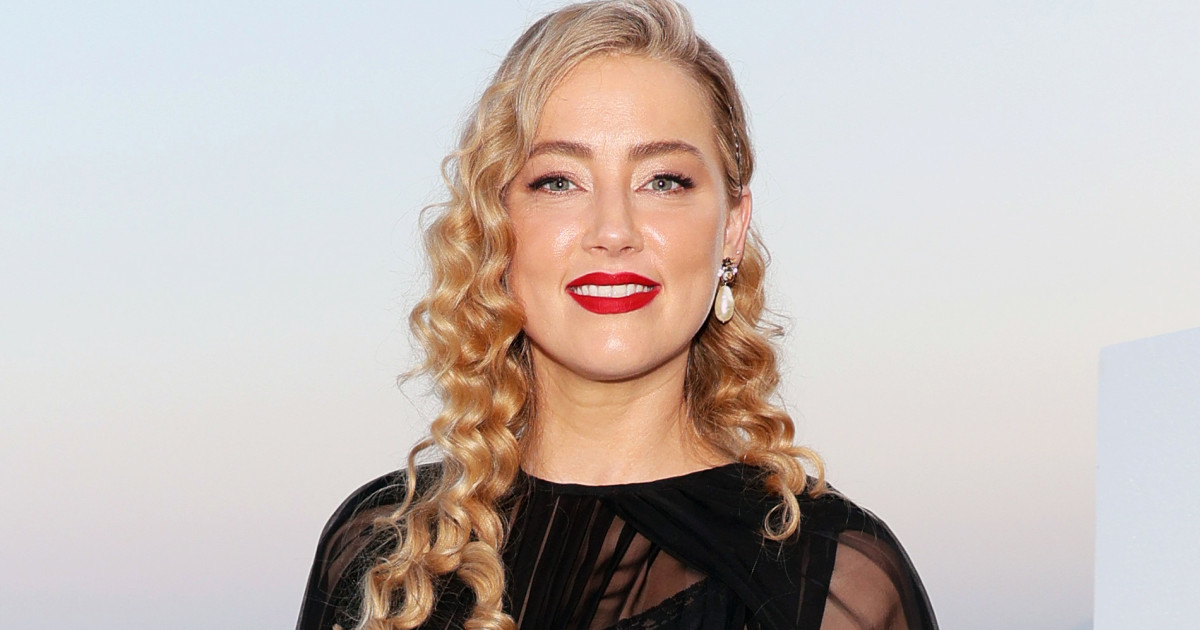Copyright Variety

Jane Wu never imagined that her worst portfolio would land her a job that would eventually lead to directing one of Netflix’s most acclaimed animated series. But the “Blue Eye Samurai” director’s unconventional path – from fashion designer to cleanup artist to Marvel storyboard veteran to Emmy-winning animation director – exemplifies the fusion of cultures and disciplines that defines her work. Speaking at the Taiwan Creative Content Forum, Wu traced her three-decade journey through Hollywood animation and live-action filmmaking, revealing how the COVID-19 pandemic inadvertently created the conditions for international collaboration that made “Blue Eye Samurai” possible. Born in Taiwan, Wu immigrated to the U.S. at eight and a half, speaking no English. After studying fashion and costume design at, she opened a comic book store — a decision that would change her career trajectory. “What got me into story was reading those comic books and those wonderful stories that those comic books had,” Wu said. “I was just hooked on story.” In the 1990s, Wu landed her first animation job at Sony with what she describes as “the worst portfolio” — one that showed only that she could draw. Hired for cleanup work, she initially thought the position involved cleaning bathrooms. “That’s how much I didn’t know about the industry,” she admitted. She quickly moved into character design on “Men in Black” Season 1 before transitioning to storyboarding for Season 2 — despite knowing nothing about it. “How hard can it be?” she recalled thinking. After initially failing and spending a summer teaching herself the craft, something clicked. “I realized I sort of found my voice in storytelling,” Wu said. Wu’s career accelerated through Disney, where she spent years honing her skills, though she struggled with comedy assignments that didn’t suit her action-oriented sensibilities. Her breakthrough came when Joss Whedon contacted her about working on “Avengers,” having heard about her from two separate sources. “It’s really funny, when you go to Disney, you see these big white burly guys, and they do the cutest little drawing, the cutest little scenes. You see this little Asian girl, and I do all the action stuff, it should be the other way around,” Wu said. She worked on several Marvel films, concluding with “Shang-Chi and the Legend of the Ten Rings.” “I had to, right? Because it was the only Chinese superhero, and I had to do it,” she said of her involvement in Marvel’s first Asian-led superhero film. In 2019, Netflix approached Wu about directing an animated series — an offer she initially declined, having left animation behind. But when her agent mentioned it was for adults, Wu reconsidered. “We only do that in the East. We don’t do that in the West,” she recalled thinking. As news of COVID-19 spread from Asia, Wu made a calculated decision. “I instinctively knew we could do animation remotely. You could do live action remotely,” she said. Two weeks after accepting the “Blue Eye Samurai” job, the world shut down. “Blue Eye Samurai,” where Wu served as supervising director and producer, became one of the first shows produced 100% remotely, with talent spanning the globe: a stunt team in China, painters in Spain, designers from Japan, and animation studios in France. The production operated as a 24-hour studio across multiple time zones. “What happens when you work remotely is you can work with a broader range of people,” Wu explained. “I really think international collaboration is no longer a scary thing.” Wu designed “Blue Eye Samurai” around the concept of fusion, inspired by the show’s biracial protagonist Mizu. “I describe it as if you go to a fusion restaurant, where you can taste where it comes from. But there’s also something, something jazzy going on that is new and inspiring and tastes oh so fresh,” she said. The production intentionally blended Eastern and Western elements, drawing inspiration from Sergio Leone while incorporating Japanese Bunraku puppet movements and martial arts traditions. Wu, who studied wushu in the U.S., brought her martial arts training to bear on the choreography. She emphasized the importance of cultural authenticity while acknowledging the show represents an Asian American interpretation. “This is our interpretation of our culture. Because I honestly believe that in global storytelling, it is not one or the other. It’s the most interesting stories are the ones right in the middle, because you have many points of view in the middle.” Wu faced the challenge of teaching a French animation studio, Blue Spirit Animation, to animate Japanese culture accurately. She traveled to France with a suitcase full of kimonos and swords to demonstrate proper movement and clothing details. “It’s not a bathrobe,” she explained of teaching the kimono system. “I had to show them the kimono system and the many layers.” She also taught cultural gestures unfamiliar to Westerners, like the Asian “come here” gesture versus the Western version. Working with a Chinese stunt team required similar cultural translation. “The Bushido system is very, very different than the Chinese martial arts system,” Wu noted, comparing the Japanese sword system to baseball — “there’s a silence there, and there’s a study of what are you going to do.” Wu credited COVID-19 with inadvertently preparing American audiences for international content by teaching them to read subtitles. “Netflix said, Oh my God, there’s no more content because everything is shut down. So we have to order content from different countries,” she said, pointing to “Squid Game” as the breakthrough moment. The success of “Shogun” particularly moved her. “When I was watching it, there was a meeting room, and it was all Japanese actors, and it was a dramatic part, and it was all subtitled,” Wu said. “I could not believe what I was watching – an American show with all Asian actors.” Wu dismissed concerns about following industry trends, focusing instead on character-driven storytelling. “Don’t worry about creating the world. Create the character. Create the story first, because that’s what we do,” she advised. On artificial intelligence in storytelling, Wu expressed cautious optimism. “I think what AI can’t do is understand how we filter the five senses,” she said. “If you let AI do everything, what you’re going to get out on the other side is something you can’t feel. It might look good, but you can’t feel it.” She also broke conventional animation wisdom by hiring character designer Brian Kesinger — a white artist who initially seemed an unlikely choice for the Asian-focused series. “He said, I want to do your characters. I said, I don’t know. He goes, ‘Well, just give me a chance.’ And he did it,” Wu recalled. Her key production principle? “Your pipeline has to support the story, not the other way around.” “Blue Eye Samurai” Season 2 is expected to premiere in 2026.



